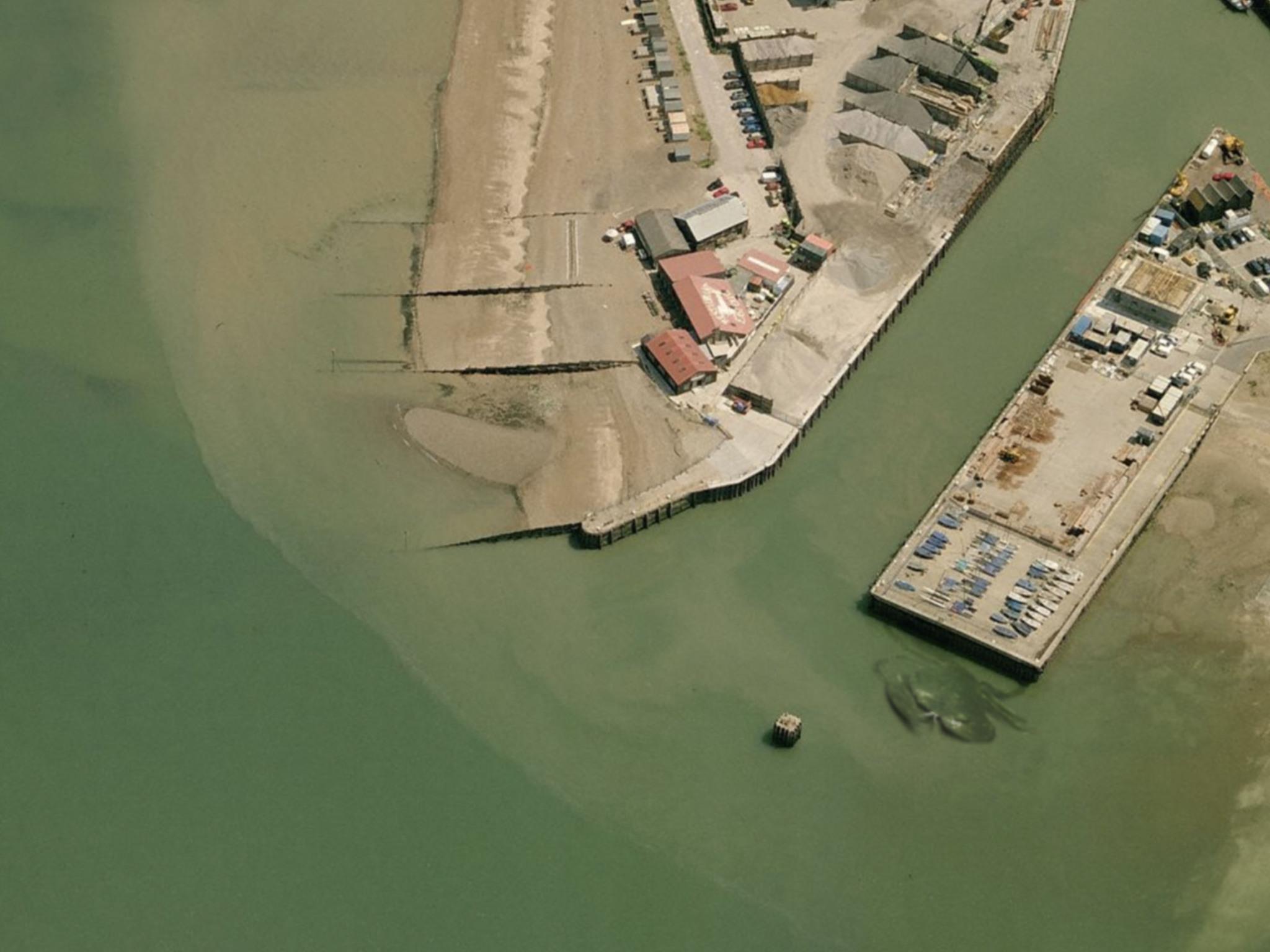Five reasons 'Crabzilla' is definitely not real
Leading invertebrate researcher says "a hoax is an understatement" of photograph appearing to show a colossal crustacean basking off the Kent coastline

A fifty-foot crab dwelling somewhere off the English coast is a thing of nightmares.
The shadowy figure of a colossal crustacean, apparently spotted in the murky waters of Whistable, in Kent, dwarfs boats and cars on the pier it lurks besides.
A satellite picture of the so-called crab, aptly dubbed ‘Crabzilla’, has gone viral after first surfacing on Weird Whitstable, a website for the supernatural curated by illustrator Quinton Winter, which deals in “phantoms, mysteries, tall tales, and artefacts”.
The creature is depicted in the coastal town’s harbour, which is a popular spot for children to go crabbing in the summer.
But those suffering from ostraconophobia (that’s fear of shellfish to you and me) needn’t be left gasping for air, because invertebrate expert Paul Clark at the Natural History Museum in London has branded the photo a hoax.
"I had a good giggle about it - it's ridiculous," he said, adding that it "is definitely not real."
Here's why:
1. The largest crabs in the world are thought to be Japanese spider crabs - also known as Macrocheira kaempferi - which can grow to the size of a small car with an impressive leg span of up to twelve feet. However, these crabs live in deep, cold water around Japan and are a completely different shape.
2. Another huge crab with a more similar shape to the one in the picture is the Tasmanian giant crab, also known as Pseudocarcinus gigas. These are the world's heaviest crabs but they reside in the southern waters of Australia at depths of 20-820 metres.
3. Mr Clark did not think that the crab was a representation of Cancer pagurus, also known as the edible crab, either because of a slightly different shape. And anyway, these tend to only grow to a maximum of 30 centimetres.
4. Instead, he said that the crab looked more to him like a shore crab (Carcinus maenas) - cleverly Photoshopped on to a satellite image. "A hoax is an understatement. A shore crab gets up to two inches - if you're lucky!" he said.
5. Internet hoax debunkers have also been on the case, with a user from ThatsNonsense.com pointing out that the the image of the harbour was taken from Bing maps, sans crustacean in the original satellite photograph, of course.
Join our commenting forum
Join thought-provoking conversations, follow other Independent readers and see their replies
Comments